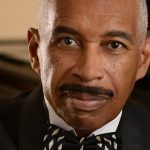The Passing of Nai Ni Chen
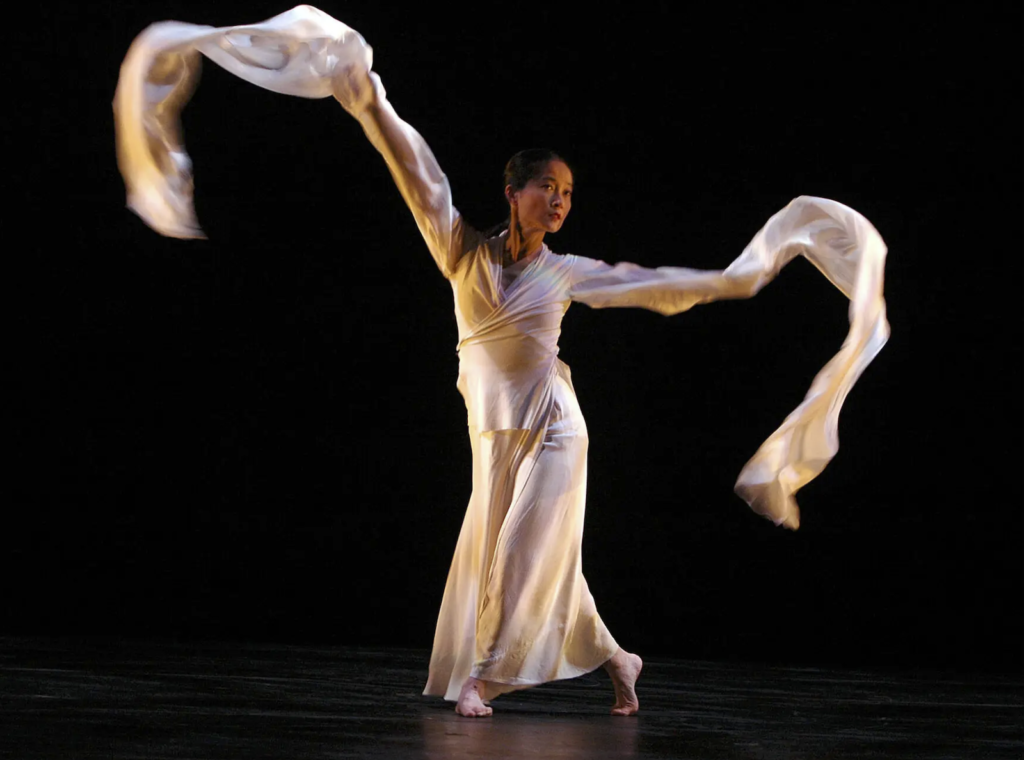
Nai-Ni Chen performing in Passage to the Silk River at New York City Center’s Fall for Dance Festival in 2005. Credit…Stephanie Berger for The New York Times
It is with deep regret that I announce the passing of our beloved choreographer, Nai Ni Chen. She was a brilliant, imaginative spirit and created a company and dances that merged Eastern and Western cultures. No words can express our sorrow to her family and to the dancers in the company that loved her so well.
—Joanne Rile
From the New York Times on December 13, 2021:
Nai-Ni Chen, Whose Dances Merged East and West, Dies at 62
Ms. Chen, who founded the Nai-Ni Chen Dance Company in 1988, died while swimming in Hawaii, where she was vacationing.
Nai-Ni Chen, a dancer and choreographer whose Nai-Ni Chen Dance Company has merged traditional Chinese and contemporary influences in performances all over the United States as well as overseas for three decades, died on Sunday in a swimming accident while vacationing in Hawaii. She was 62.
The incident occurred off Kailua Beach in Oahu. Her husband and partner in the company, Andrew N. Chiang, in a posting on the company’s Facebook page, said that Ms. Chen went for a swim in the ocean and that her body was found by a passer-by.
Read the full article By Neil Genzlinger here…
THE BRIDGE Helping Artists Cross Boundaries (Team ENSPIRE)
 ENSPIRE Community Spotlight:
ENSPIRE Community Spotlight:
Nai-Ni Chen Dance Company Creates Innovative Online Institute
ENSPIRE Contributor: Logan Floyd
The Nai-Ni Chen Dance Company has started a new dance institute through Zoom. Called THE BRIDGE, the institute’s goal is to bring together dancers, choreographers, and directors around the world to learn from master teachers of color whose focus lies on the art of traditional and transformative dance. Recently, THE BRIDGE ran a dance instruction series featuring guest artists from all across the globe, who lead classes in dance forms native to their cultures.

Originally founded by Nai-Ni Chen and Andrew Chiang in 1988, the Nai-Ni Chen Dance Company introduced Asian dance styles into the mainstream. Since its inception, it has grown to be a national and international touring company with 10 professional dancers performing year-round. Taking influence from Asian art and philosophy, the company will often use dances adopted from Eastern styles to explore global issues, such as environmental destruction, injustice, equity, and cross-cultural dynamics.
As the COVID-19 crisis continues, the company has taken advantage of a growing online audience to launch THE BRIDGE. With guest artists from all over the world now joining them, THE BRIDGE features not only Asian dance forms, but ones from African, Ukrainian, and even Native American tradition as well. Many guest artists also come from physically integrated (able/disable) dance communities, thus providing even greater diversity.
Read the full article on Enspire Magazine…
A Composer Puts Her Life in Music, Beyond Labels
New York Times article about Tanya León, February 7, 2020
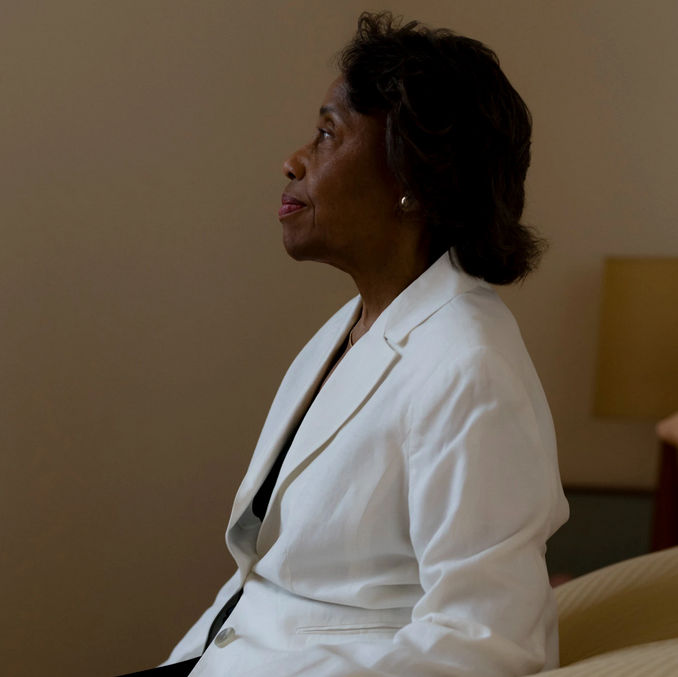
Tania León is one of 19 female composers the New York Philharmonic has commissioned to honor the centenary of women’s suffrage.Credit…Caroline Tompkins for The New York Times
A Composer Puts Her Life in Music, Beyond Labels
Tania León worked for the New York Philharmonic in the 1990s. But the full orchestra is only now performing her work.
By
She was supposed to end up in Paris.
When the composer Tania León was 9, her piano teacher, traveling in France, sent a postcard back to Cuba with a picture of the Eiffel Tower. “I don’t know what happened to me when I saw the card,” Ms. León, now 76, said recently. “I went to my family, and I said, ‘This is where I’m going to live.’ And I became obsessed.”
A few years earlier, her intrepid grandmother had marched her to the local music conservatory in Havana and demanded that she be enrolled. They didn’t usually take students so young, but Ms. León already showed promise: Even at 4, she would press against the radio at home, dancing to salsa and singing along, with perfect pitch, to the classical station.
Following rigorous, European-style conservatory training, and inspired by her teacher’s postcard, the young pianist set her sights on France, intent on becoming a touring virtuoso and helping lift her family out of poverty. After years of waiting, she landed a free flight to the United States through a resettlement program. In 1967, at 24, Ms. León left for Miami, intending to travel on to Europe.
But right before boarding the plane she learned that she would not be permitted to return to Cuba, and upon entering the United States, she discovered that she would have to stay at least five years before she could apply for citizenship. She was trapped, a citizen of nowhere.
Read the full article on the New York Times website…
Calligraphic Dances Nai-Ni Chen Dance Company

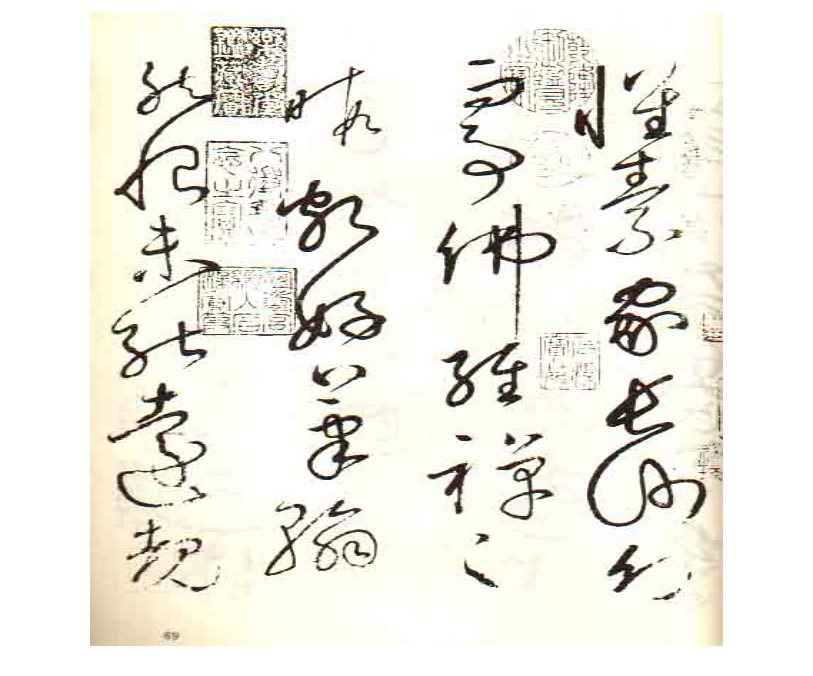 Recently, I have heard people talking about dance work being “calligraphic”. I think they mean calligraphy as a two dimensional design, as in “lettering”. This is far from the Chinese/Japanese/Korean understanding of the highly influential form of art of Chinese Calligraphy. How ironic, Calligraphy is the art form that unifies all aspects of Chinese Art and regarded as the art form supreme in Chinese culture.
Recently, I have heard people talking about dance work being “calligraphic”. I think they mean calligraphy as a two dimensional design, as in “lettering”. This is far from the Chinese/Japanese/Korean understanding of the highly influential form of art of Chinese Calligraphy. How ironic, Calligraphy is the art form that unifies all aspects of Chinese Art and regarded as the art form supreme in Chinese culture.
In my observation, there are 3 major differences:
1. The Chinese written language is pictographic and based on natural forms. This means calligraphy has relationship to literary meaning. Lettering has no such relationship..
2. The brushstroke by the calligrapher is typically done in one continuous shot with no modifications unlike a painting or design. It is more like an action painting but with lots more attention to meaning, space and flow in the process.
3. The traces left on the paper by the brush ink is a 2 dimensional rendering of the 3 dimensional brush, which means calligraphy is really an art of motion in 3 dimensions. You can often see a Chinese viewer in a calligraphic exhibit moving their bodies with the art work. This was the beginning inspiration for Nai-Ni Chen’s Calligraphy dances.
** In Chinese art history: Huai Su, a maniacal Buddhist monk devoted to cursive script, and Yan Zhenqing, a Confucian government official and renowned calligrapher discussed the art form in the following story:
Zhenqing asked: “Do you have your own inspiration?” Su answered: “I often marvel at the spectacular summer clouds and imitate them …… I also find the cracks in a wall very natural.” Zhenqing asked: “How about water stains of a leaking house?” Huai Su rose, grabbed Yan’s hands, and exclaimed: “I get it!”
This conversation has virtually defined the aesthetic standard of the Chinese calligraphy thereafter and the “house leaking stains” and “wall cracks” became a golden measure of the skill of a calligrapher and the quality of his work. Ironically, a consensus on the interpretation of Huai Su’s “eureka” moment and the true aesthetic meaning of the three visuals has never been reached.
Summer clouds, the cracks in a wall, and water stains are formed by different physical processes: turbulent diffusion for clouds, bound breaking for fractures, and self-organizing flow (similar to a meandering river) and wetting of a surface for the water stain. The only visual characteristic they have in common is randomness.
In the process of making Calligraphy series, Nai-Ni Chen met the one of the greatest contemporary Chinese calligrapher, FangYu Wang who proposed that the goal of the calligrapher is to “resonate with the miracle of nature”. His words alluded to an energy interpretation that Nai-Ni Chen made of the three visions in her choreographic process.
The 30th Anniversary of the Nai-Ni Chen Dance Company will begins with Calligraphy II, a work inspired by “Autobiographyof Huai Shu”, done in 777 AD. The calligraphic work is well known because it created a revolution in Chinese Art that is still being actively studied today, more than a thousand years later. The calligraphic work is a record of the artist’s passion and meticulous attention to form, balance and style, yet it breaks the boundary of tradition in bringing a sense of chaos in the composition alongside of orderly strokes but consistently resonates with natural form and inspires motion.
To prepare for Calligrpahy II, Nai-Ni Chen must coach each dancer to make detailed observation of the brushwork and their relationship to the breath and flow. These observations can then be translated to to guide the motion of their limbs like a calligrapher rendering the artwork in one stroke. To reflect the order and chaos characteristic of Huai Su’s calligraphy, she made dynamically changing group formations that created flow in the fixed space of the theater that keeps the audience wonder where the next group action may occur.
So come and join us, and experience the swift wind dispersing the summer clouds, the deliberate and controlled cracks on the wall and the mysterious powerful water stain that seeps through the strongest foundation.
To get your tickets, visit Nai-Ni Chen’s website.
Fractal Expression in Chinese Calligraphy by Yuelin Li
Nai-Ni Chen Dance Company 30th Year Anniversary Celebration
New York Live Arts
219 W. 19th St.
New York, NY 10011
Thursday, December 5 at 7:30 PM
Friday, December 6 at 7:30 PM
Saturday, December 7 at 7:30 PM
Sunday, December 8 at 2 PM
Music for All and the Ahn Trio
The Music for All Summer Symposium in Indianapolis, Indiana Orchestra Division had the once in a lifetime opportunity to perform alongside the internationally acclaimed group of sisters: the Ahn Trio.
One of the best parts of the Summer Symposium Concert Series is the opportunity for students to perform alongside world renowned artists. Tonight was no different for the Orchestra Division as they took the stage with the Ahn Trio.
The Ahn Trio consists of sisters Angella, violin, Lucia, piano, and Maria, cello, from Seoul, South Korea. The sisters studied at the Juilliard School in New York City. The Trio brings a new energy and excitement to the chamber music world by blending together their two cultures. They have performed in all 50 states and over 30 countries; we are so excited they took the time to come perform for our campers.
Their concert could best be described as fusion between classical and pop as they performed mind-blowing covers of the likes of David Bowie, Radiohead, and Prince. The passion exuding off all three was palpable and I think the audience fed into it more than any other concert thus far. In a space as large as Emens, the Trio managed to have a spectacular, intimate concert experience as the audience hung on every note as the first half concluded.
The students took the stage for the last two pieces, “Oblivion” and “Skylight.” This is what the Summer Symposium is all about: unparalleled experiences students can’t get anywhere else. I hope every member of the Orchestra Division felt the love from the rest of camp as we all erupted for their moving performances. There really is nothing like a Summer Symposium audience. One of the most rewarding experiences is talking the students after and seeing the raw emotion as they take in a performance of this magnitude. Every student should be proud of what they accomplished tonight!
Tania León at the League of American Orchestras Conference
Tania León’s speech begins around 19:30.
Special Projects
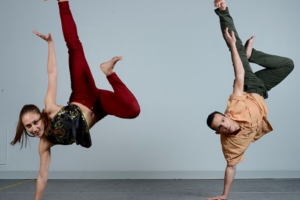 Nai-Ni Chen: Bamboo Rap
Nai-Ni Chen: Bamboo Rap
Bamboo rap—or Kuaiban—is a 500-year-old art form from the streets of China. It is storytelling performance that uses words and rhythm to speak about social justice and societal issues.
A fusion of contemporary dance, martial arts and hip hop, Bamboo Rap is intense, athletic and very exciting. This unique art form is echoed in our present day expression of rap music. The program itself will mesmerize both novice and veteran concert-goers. Nai-Ni Chen also offers school concerts, family programs and a dizzying array of residencies that include both the dance and music departments. You will want to be among the first to book this show.
 Spark: on the Dance Floor
Spark: on the Dance Floor
With vigorous momentum, breathtaking virtuosity and a unique mix of the classics, minimal music and avant-garde, the musicians of Spark whirl you across the dance floor in this program.
In the tradition of the Baroque pasticcio, they take a 360-degree perspective and assemble dance pieces from Baroque suites, Classical cycles and Romantic works in wildly daring sets, before eventually catapulting the listener back into the here and now with present-day sounds. In their customary manner they mingle the familiar with the unknown, old with new and tradition with innovation. Their infectious rhythms, pulsating fusion and electrifying performance brings the hall to a boiling point, which is what the five talented players have done again and again.
 Ahn Trio: Candybox
Ahn Trio: Candybox
Hailed as “exciting musicians” with virtuosity and flair, the three sisters of the Ahn Trio (pianist Lucia, violinist Angella and cellist Maria) have embraced 21st century classical music while redefining the art of chamber music.
Born in Seoul, Korea and educated at the Juilliard School in New York City, the Ahn Trio bring a vibrant energy and an ever evolving vision of music to the concert stage. Whether it be at the Vienna Musikverein, New York’s Lincoln Center, Beijing’s Concert Hall or The White House.
The Ahns bring exciting music from their newest album “Blue” to audiences. This career diary includes snapshots of their musical journey. Highlights include hanging out with Prince at Paisley Park playing “Purple Rain;” working with Pat Metheny who wrote “Yuryung” for the Trio; playing “Skylife” at President Obama’s White House; performing at TEDWomen; collaborating with Kenji Bunch and Hyung-ki Joo of Igudesman & Joo, a D.D. Jackson arrangement of Jimi Hendrix’ “Little Wing” and “Candybox” by Chiel Meijering.
‘My spirit is still there’: Philadelphia piano great forced to retire because of Parkinson’s
Leon Bates thought maybe it was the coffee.
“In the beginning, I didn’t even notice — other people noticed it,” he said of the tremors in his hands. As a busy pianist, he explained, he would drink coffee to get through rehearsals and concerts, “so I thought it was catching up with me, and I kind of blew it off as that.”
But his balance and memory were giving him trouble, too, and what Bates thought was too much caffeine led to a diagnosis of Parkinson’s. The distinguished pianist — born and trained in Philadelphia, and a worldwide presence for decades — has announced that he is retiring from the concert stage.
The Leon Bates concert long planned for Dec. 9 will now be a performance played for him rather than by him. The Philadelphia Chamber Music Society, Bates, and his longtime manager, Joanne Rile, have remade the program, and he will be serenaded in solo, vocal, and chamber works by many of his collaborators.
Read the full article on the Philadelphia Inquirer website…
Internationally known pianist Leon Bates announces retirement
Pianist Leon Bates whose career has spanned almost 50 years since his student days at Settlement Music School and Temple University’s Boyer College of Music has announced his retirement from touring because of Parkinson’s disease. Philadelphia Chamber Music Society will honor his legacy on December 9 at the Philosophical Society in a concert performed by fifteen of his colleagues who have collaborated with him over the years.
Mr. Bates studied with pianist Natalie Hinderas at Temple University and Irene Beck at Settlement Music School. His extraordinary talent was recognized at a young age by Sol Schoenbach, the Executive Director of Settlement Music School.
Leon won many awards including the Philadelphia Orchestra Senior Competition which led to his first performance with the orchestra. Eugene Ormandy later engaged him to perform with the Orchestra at the Kennedy Center. His engagements took him the world over and to all major halls in America including the Kimmel Center, Carnegie Hall, the Kennedy Center, and in San Francisco where he was presented numerous times by Four Seasons Concerts. He performed with Lorin Maazel and the Orchestra of France and in LaScala in Milan in a program that brought the audience to their feet. His performance with conductor Tamas Vasary with the Bourmouth Symphony was a tribute to his late teacher, Natalie Hinderas.
Bates’ performances took him to every major and many smaller orchestras in the United States, Canada, Europe and Africa. Among his many awards is a lifetime achievement award from the National Association of Negro Musicians, an honorary doctorate from Washington and Lee University in Virginia; the Raoul Wallenberg Humanitarian Award for his extensive work with children and the National Endowment for the Arts Solo Recital Award, among others.
In 2001, he received the Pennsylvania Artist of the Year Award from Governor Thomas Ridge. Bates often performed with conductors Paul Freeman, Jo Ann Falletta, James DePreist and enjoyed working with Keith Lockhart and the Boston Pops.
The Philadelphia Chamber Music Concert on December 9th Bernstein, Bates and Friends, includes the Ahn Trio performing the Bernstein Piano Trio; Dynasty Battles, pianist, a student of Leon Bates, performing the George Walker Sonata No. 1; the Borealis Wind Quintet performing Charles Lefebvre, Suite, Op. 57; The Portland String Quartet performing Ives Quartet No.1 and soprano Louise Toppin sings a group of Gershwin songs she performed with Mr. Bates for years. Joseph Joubert, a long time friend of Leon’s will accompany Miss Toppin.
Leon Bates will continue teaching and offering master classes.
Tania León: Green Pastures world premiere
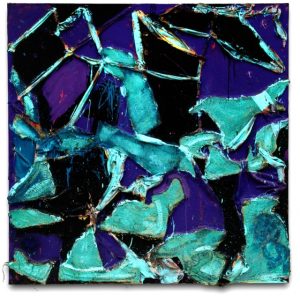 Sept. 15
Sept. 15
Gracie Rainey Rogers Auditorium at The Met Fifth Avenue
MetLiveArts artist-in-residence Julia Bullock presents History’s Persistent Voice, a program featuring texts by Thornton Dial and other important Black American artists, set to music by a roster of women composers.
The world premiere of Green Pastures will be heard alongside works by Courtney Bryan, Jessie Montgomery, and Allison Loggins-Hull. This concert is presented in conjunction with the Met exhibit History Refused to Die: Highlights from the Souls Grown Deep Foundation Gift.
Presented by MetLiveArts, a program of the Metropolitan Museum of Art.
Visit Tania León’s composer page on the peermusic website.


